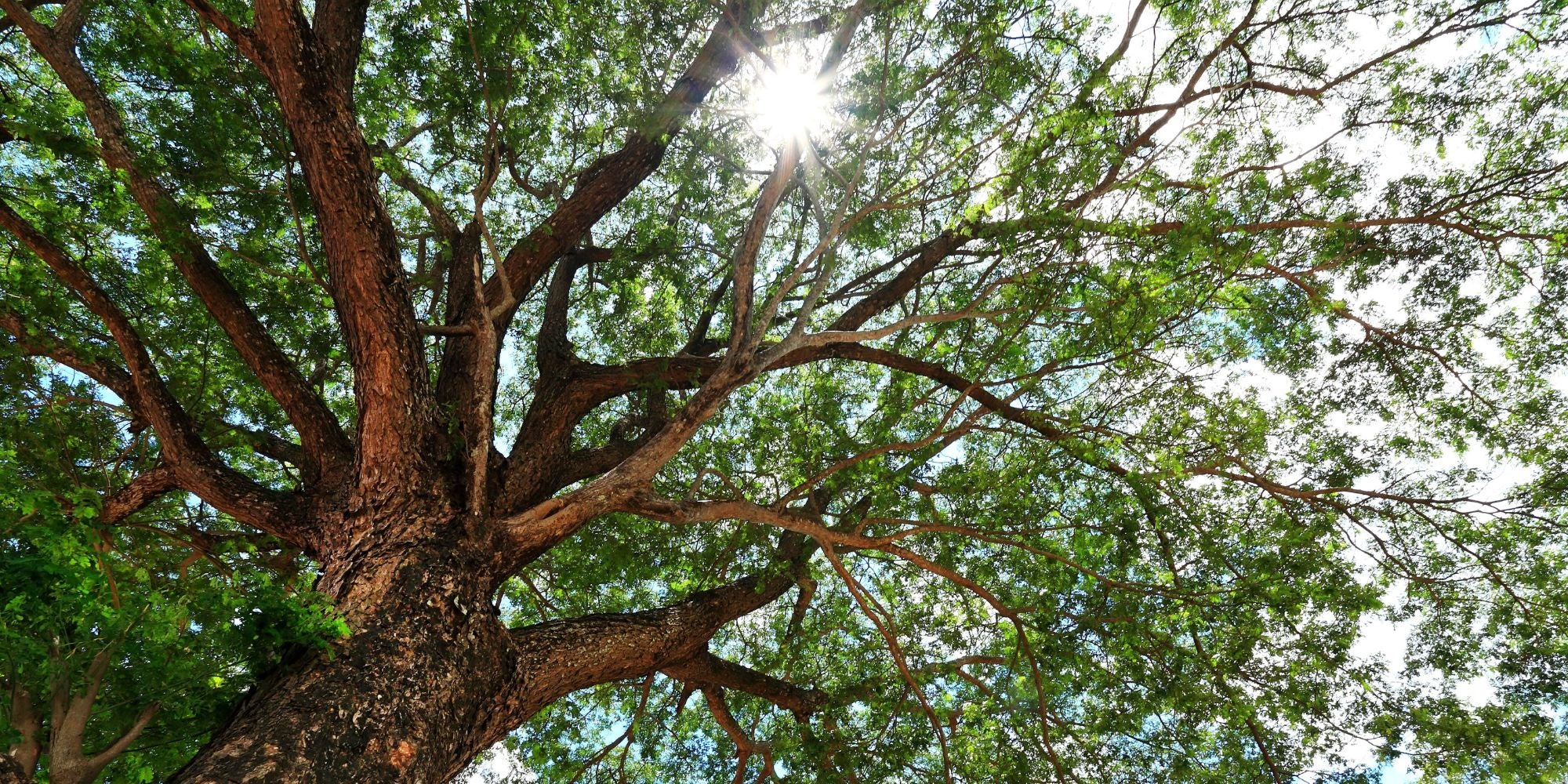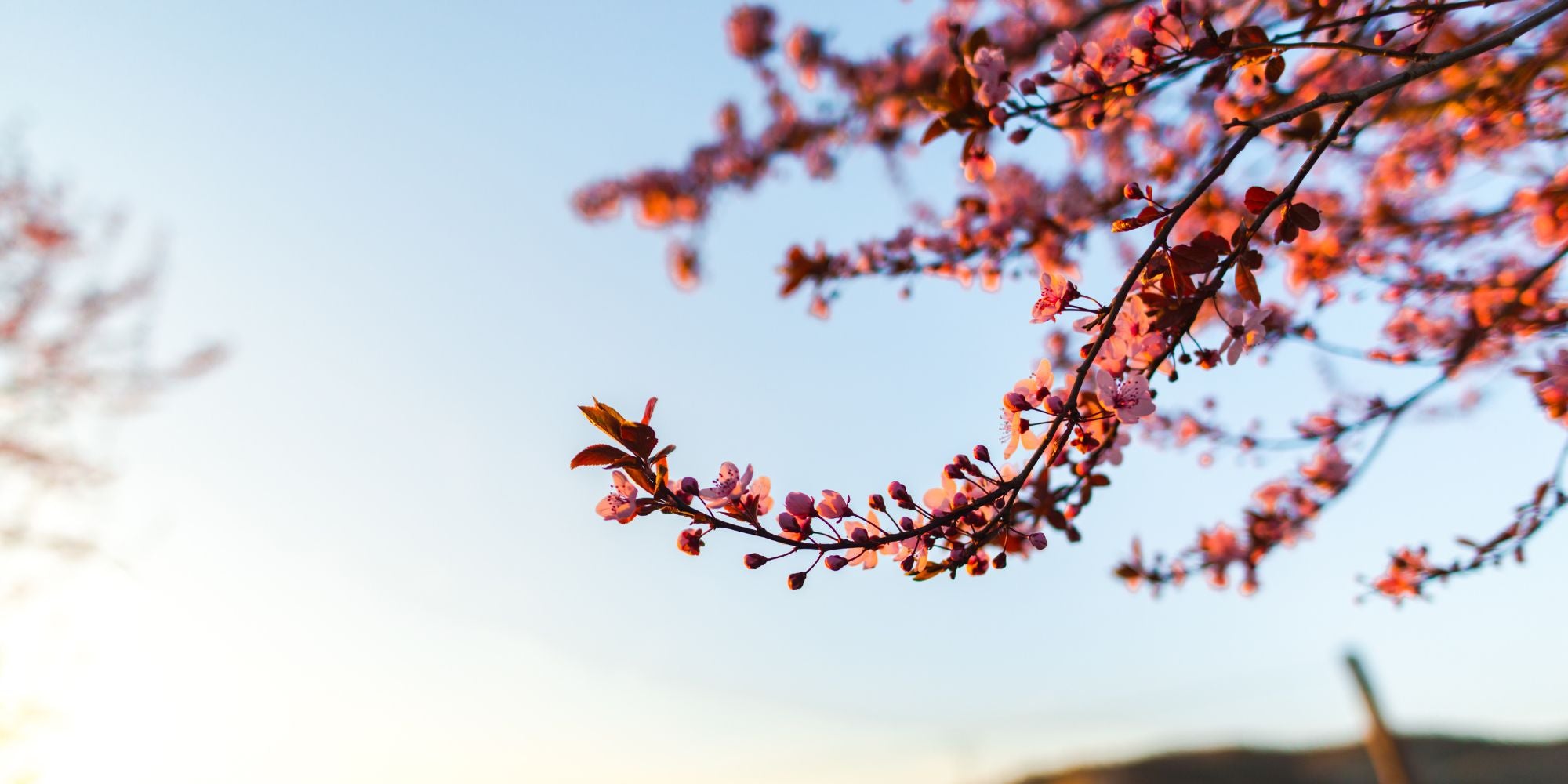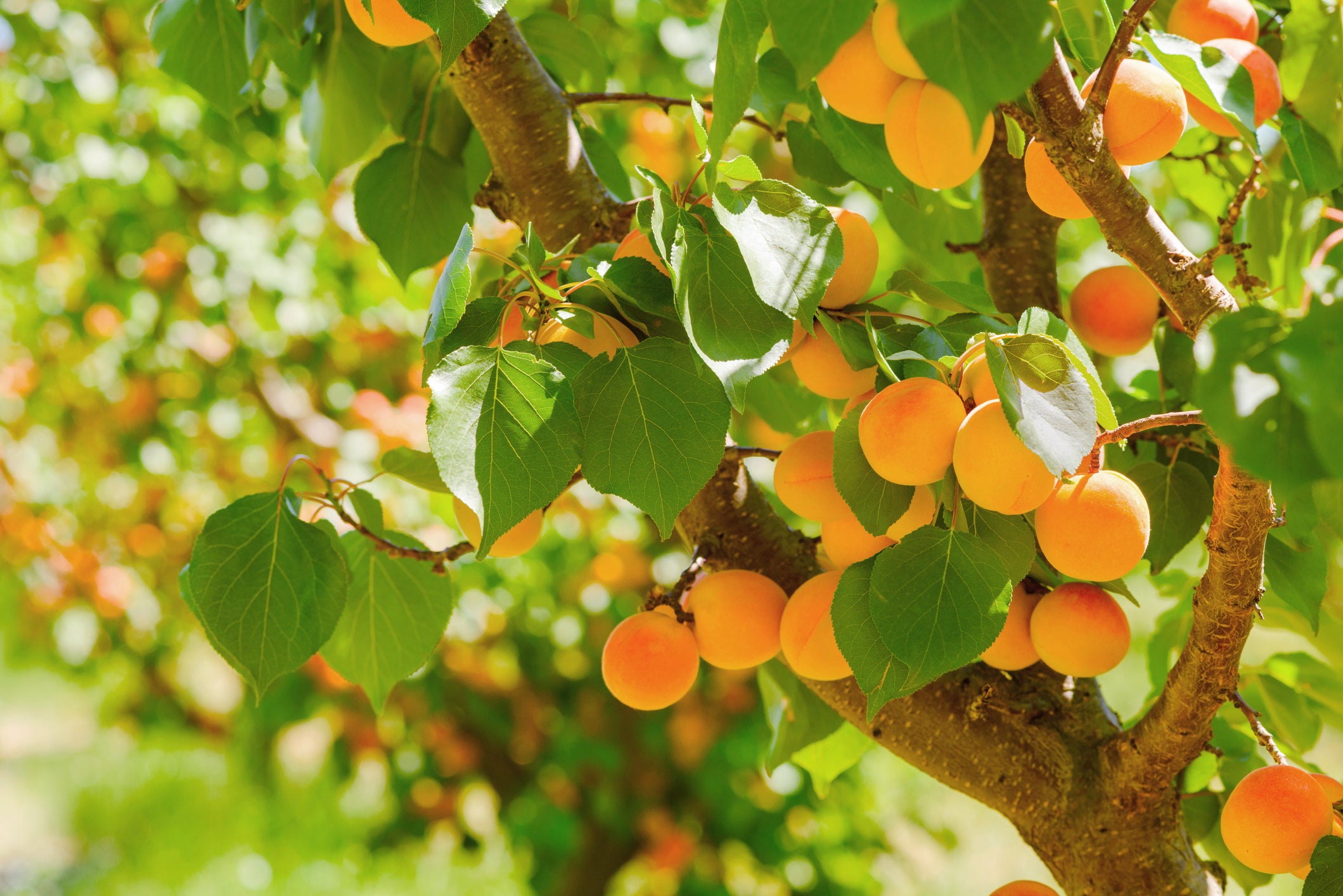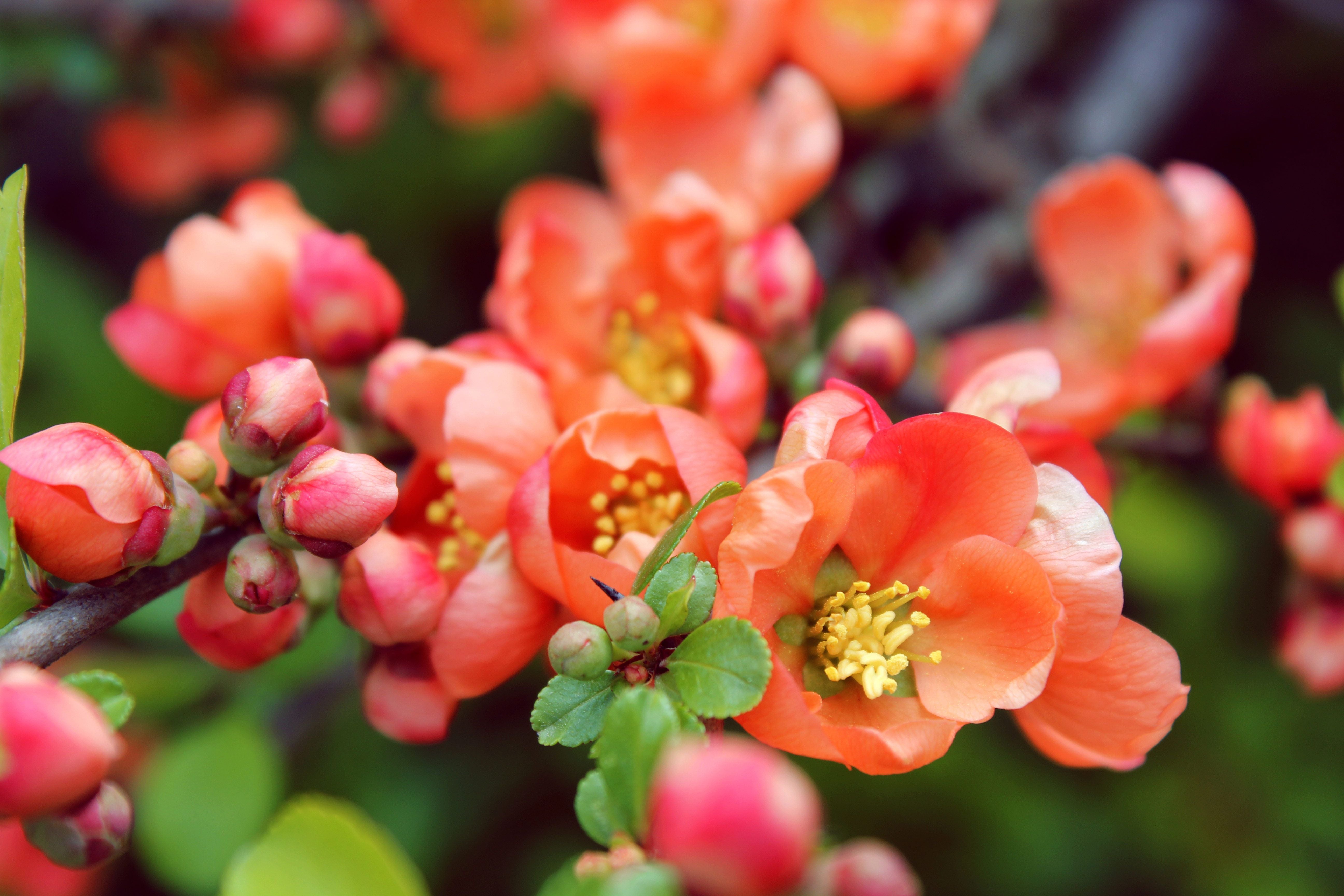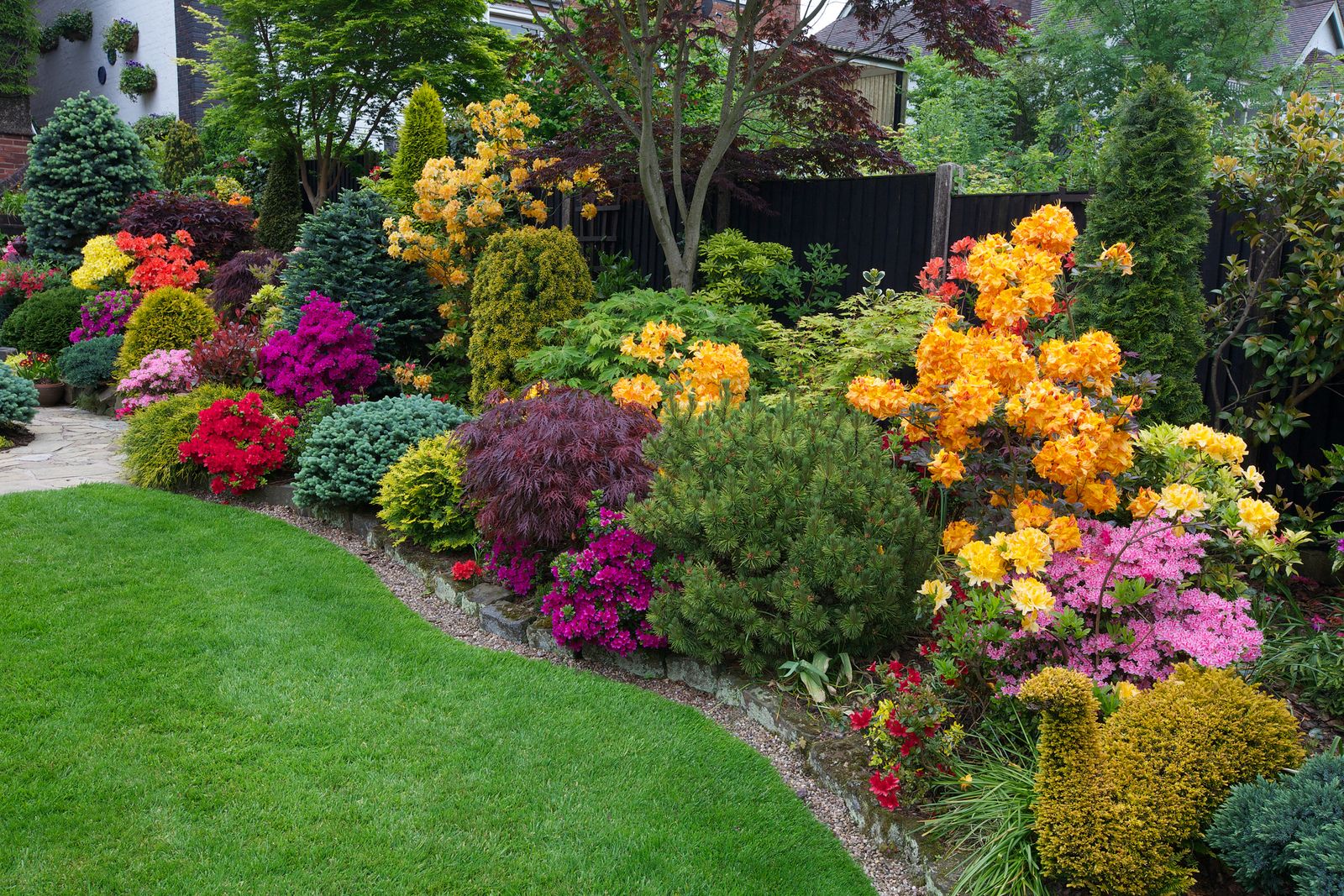Orostachys Iwarenge - Dunce Cap is a lavender succulent with cone-shaped rosettes. It is monocarpic, but produces offsets on the long stems that shoot out from the main rosette allowing for easy propagation. The main plant dies back following blooming but the plant spreads by basal side shoots and easily reseeds itself to ensure more plants year after year. A hardy succulent for cold climates.
![]() Bright Light
Bright Light
![]() Drought tolerant once established.
Drought tolerant once established.
![]() Red /Pink flowers, non-fragrant
Red /Pink flowers, non-fragrant
![]() Pet safe, non-toxic
Pet safe, non-toxic
Additional features: Drought Tolerant and Pet Safe
Hardiness zone for this plant: 6 - 10
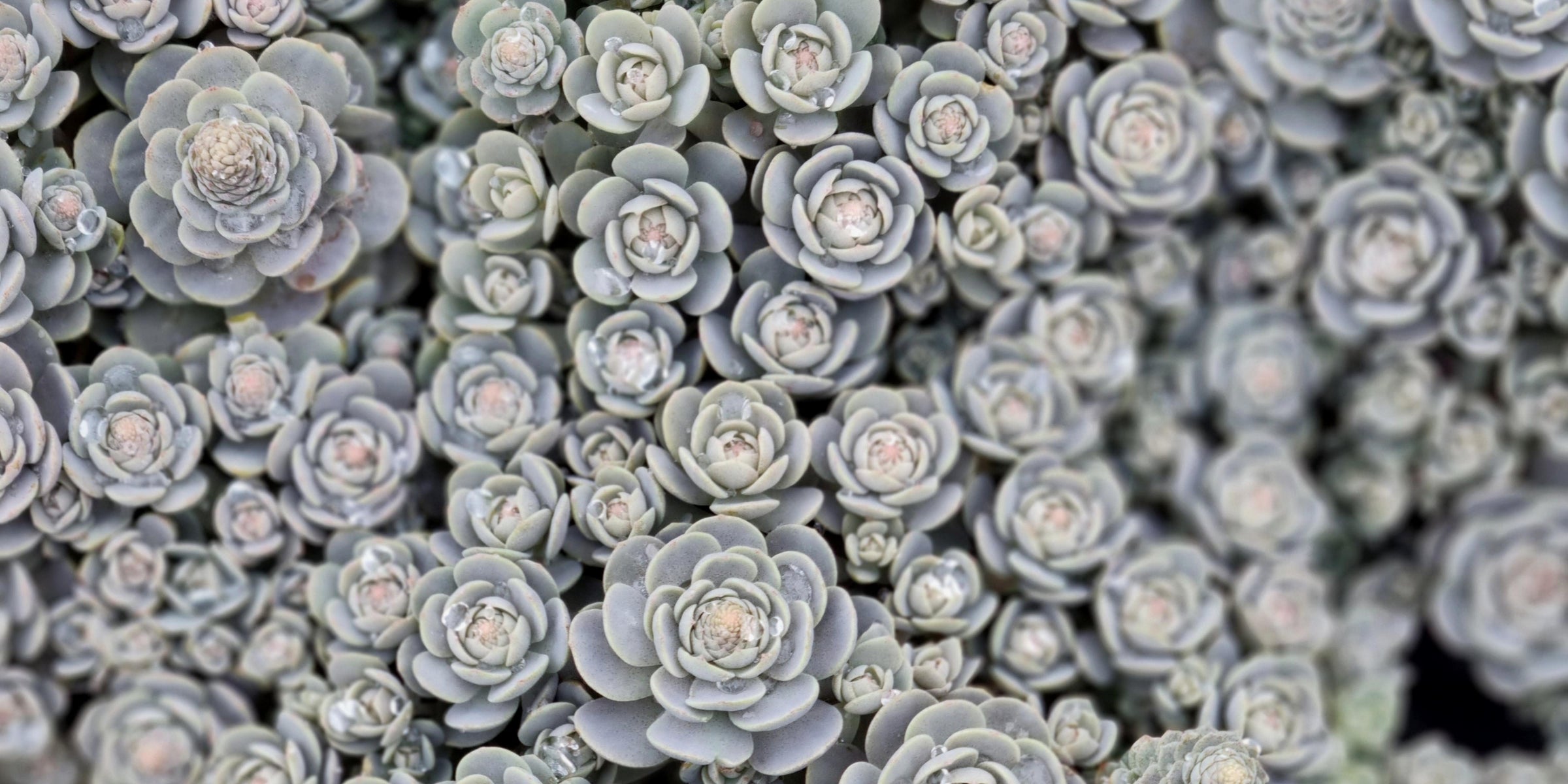
TriStar Plants
Dunce Cap


